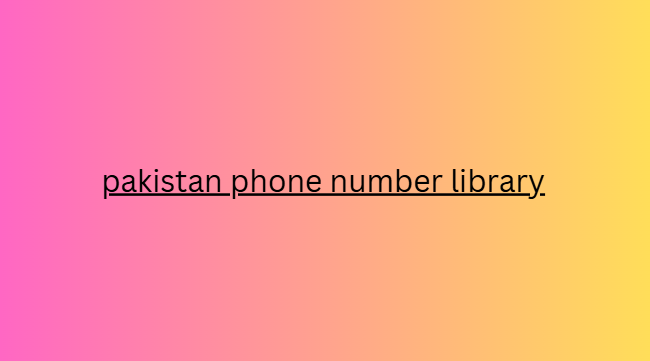A clear example of this , a client we worked with on an SEO proposal. Initially, they were looking to optimize their website, but it was through open-ended questions that we discovered that their needs went far beyond simple optimization. Instead of just asking “Do you need to improve your site’s SEO?”, we decided to dig deeper with questions like “What are the biggest challenges you see in your online visibility strategy?” and “What results do you hope to achieve through this work?”
These questions led us to a richer
conversation, where Inbound Tools revealed that in addition to SEO, they were struggling with content generation and low visibility in key markets. By uncovering these challenges, we were able pakistan phone number library to make a much broader proposal that not only addressed SEO, but also optimized content creation and a strategy to target specific niche keywords. This allowed us to put together a comprehensive project that was 33% more expensive than the original plan, but more effectively addressed the client’s needs.

This case perfectly illustrates
the conclusion of the study: there is no such thing as “too many” open-ended questions. The more questions you ask, the better results you get. Open-ended questions allow you to dig deeper into the customer’s true needs, which gave us more power to personalize the offer and provide greater value.
Improve Long-Term Relationships
Using open-ended questions not only improves immediate results, but also strengthens the relationship with the other party. It builds trust. Negotiating is not just about winning once, but about building a relationship that creates long-term value. When you ask open-ended questions, you demonstrate genuine interest in the other party’s needs and concerns, which can lead to a more fruitful and long-lasting collaboration.
